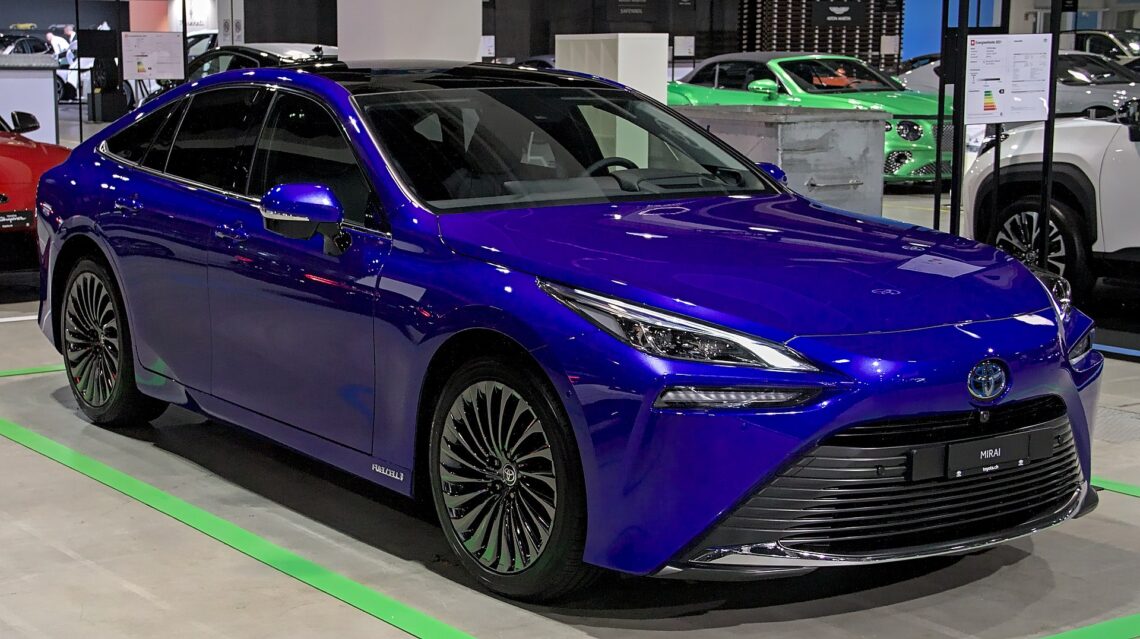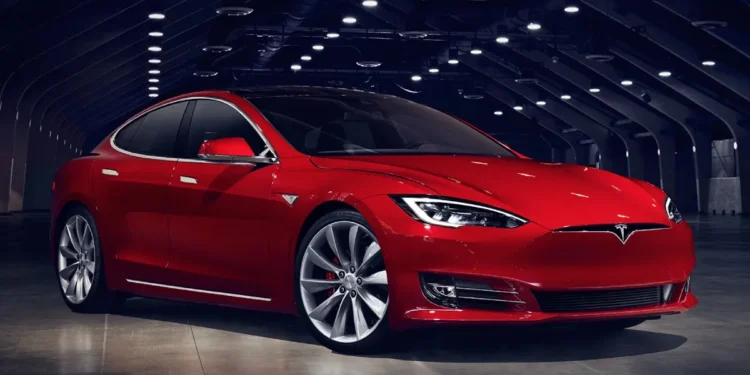Table of Contents
What are the types of electric vehicles out there on the market?
1. Overview
Nowadays Electric cars are booming and becoming more and more popular. There are alot of reasons for this, but greenhouse gas emissions and climate change are the main reasons beside the fact that electric cars are amazing to drive. Right now the EV market is experiencing rapid growth, with a diverse range of models and types. This includes battery electric vehicles, fuel cell electric vehicles, plug-in hybrid electric vehicles, hybrid electric vehicles, mild hybrid electric vehicles, and range-extended electric vehicles and with all of this it can be difficult to decide which one can fit with you. In this article we will cover in detail each variant of EVs and how they operate to make it easier for you when you are ready to switch to an electrified car.
2. What is a Battery Electric Vehicle (BEV)?
A battery electric vehicle (BEV), also known as ‘All-Electric’ or ‘full-Electric’, runs entirely on electricity by drawing current from onboard battery packs and does not have any form of internal combustion engine. BEVs are moved by one or more electric motors powered by a rechargeable battery pack which has a much larger battery capacity and kilowatt-hour (kWh) when compared to hybrid and plug-in hybrid electric vehicles and the other EVs. And that extra battery induced in BEVs results in them being more costly than other types of EVs. For a comprehensive overview of the top electric vehicles, including their features and benefits, check out our article on the top 10 electric vehicles in 2023.
Most BEVs today use lithium-ion batteries because they offer the best balance of energy density, weight, and safety so for a BEVs to be driven it needs to be charged. This can be done through either a home charger or in a charging station.
Examples of BEVs : Tesla Model S, Chevrolet Bolt, Ford E-Transit, Audi e-tron, Audi e-tron GT, BMW i3, Hyundai Ioniq Electric, Kia EV6, Lucid Air Dream Edition, Mercedes EQS, Mini Cooper SE Electric, Nissan LEAF, Peugeot e-208, Volkswagen ID.4,Volvo C40 recharge.
Pros of BEVs compared to other types of electric cars :
- Zero emissions, which is great for the environment.
- Lower running costs than petrol and diesel cars, as well as other electric car types.
- Eligible for some government grants and tax benefits.
- Quiet when running, making them ideal for city driving.
Cons of BEVs compared to other types of electric cars :
- Relatively expensive.
- Long charging time.
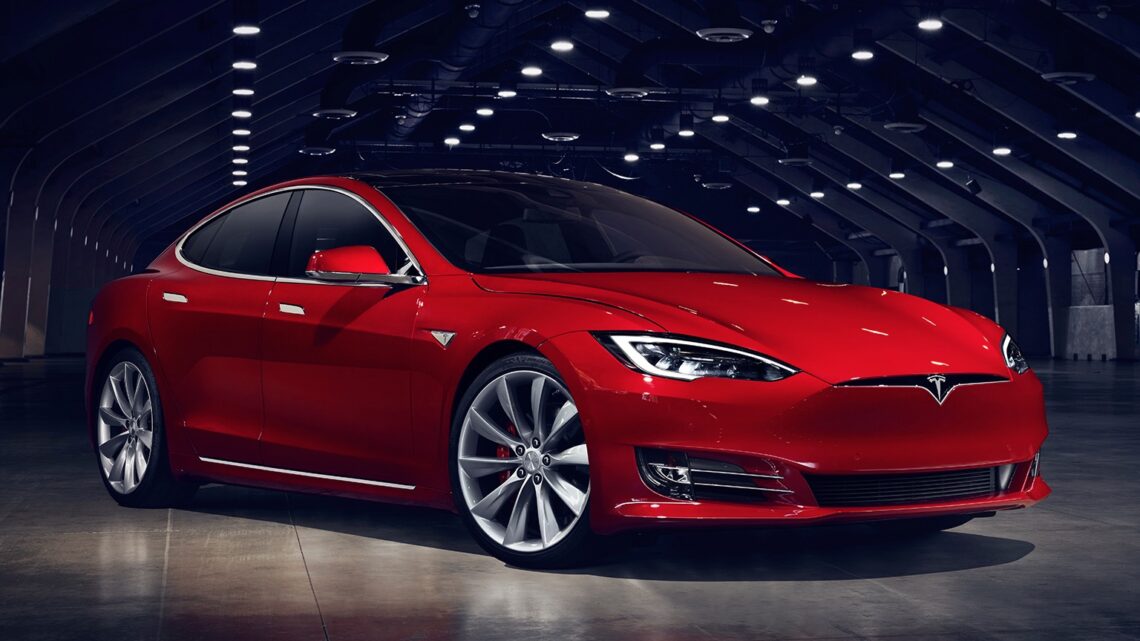
3. What is a Plug-in Hybrid Electric Vehicle (PHEV)?
A plug-in hybrid electric vehicle (PHEV) combines an internal combustion engine powered by either petrol or diesel fuel and an electric motor powered by a battery pack. PHEVs generally have smaller battery packs than BEVs and larger battery packs than HEVs and can be recharged by plugging-in the car to an EV charger. Plug-in hybrid cars can travel around 10-50 miles (depending on model) in all electric driving and once the battery is used up the internal combustion engine takes over and the car functions just like a regular Hybrid. For a comprehensive overview of the top Plug-in Hybrid electric vehicles, including their features and benefits, check out our article on the top 10 PHEVs in 2023.
There are two kinds of Plug-in Hybrids: Parallel and Extended Range. Parallel PHEVs have an ICE and an electric motor that operate independently, but work side by side. Extended Range PHEVs use a gasoline generator that makes electricity to power an electric motor.
Examples of PHEVs : Mercedes E350e SE, Mercedes GLE550e, Mini Cooper SE Countryman, Porsche Cayenne S E-Hybrid, Skoda Octavia iV, Toyota Prius, Volkswagen Golf GTE, Volvo XC90 TB, Audi A3 E-Tron, Audi A7 TFSIe, BMW 225xe, BMW i8, Chevy Volt, Fiat 500e, Hyundai IONIQ PHEV
Pros of PHEVs :
- Ability to complete shorter journeys in electric mode.
- Safety net of a conventional engine for longer trips.
- Lower CO2 emissions than a petrol or diesel model
Cons of PHEVs :
- Still produce CO2 emissions from the ICE, so they are not as environmentally friendly as BEVs.
- More expensive than conventional cars.
- Weight of the batteries and engines affects the car efficiency
- More fill-ups on longer journeys because of its smaller fuel tank
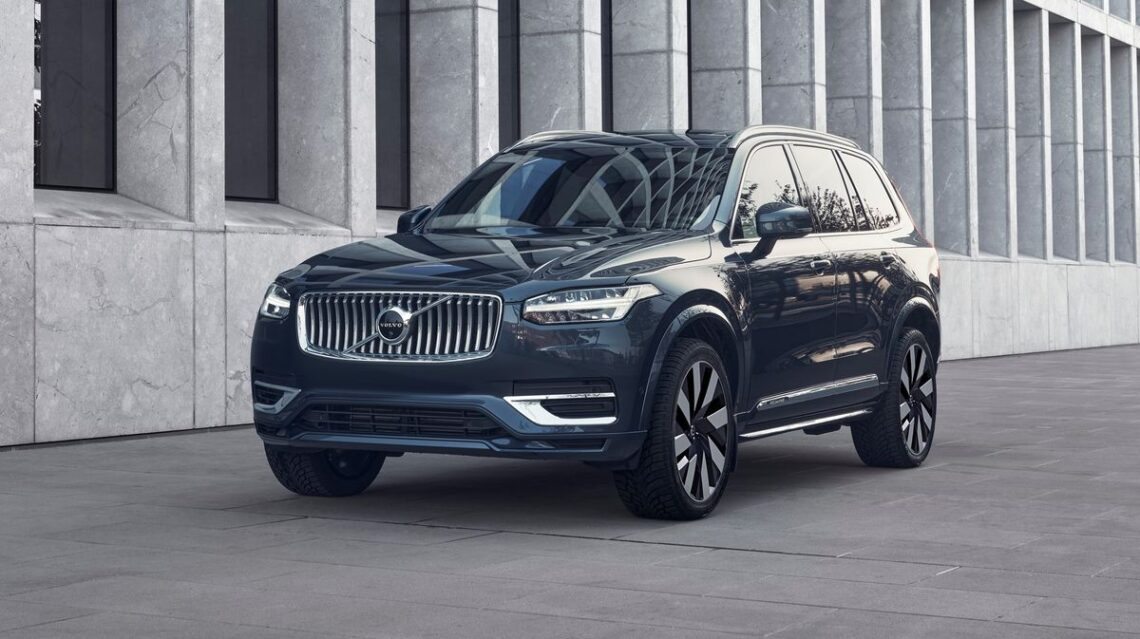
4. What is a Hybrid Electric Vehicle (HEV)?
Hybrid electric vehicle (HEV) known as ‘Hybrids’ or ‘Self-charging hybrids’, combines a conventional internal combustion engine with an electric motor powered by a battery pack to reduce fuel consumption. Unlike a PHEV and BEV, a HEV cannot be plugged into an EV charger, as the engine is the main source of power. The battery in an HEV is significantly smaller than an PHEV or BEV and can only drive for a couple miles at low speeds. The battery is recharged through a process called ‘regenerative braking’. The electric motor switches on when the car is stopping or when accelerating from a stop and once the car reaches cruising speed the internal combustion engine takes over.
There are different types of HEVs :
- Mild Hybrid Electric Vehicles (MHEVs) Also known as ‘Micro Hybrids’ and ‘Battery Assisted Hybrid Electric Vehicles’, it uses the battery pack and electric motor to power the car and enables the engine to be shut off when the vehicle has been stopped. You must know that MHEVs cannot drive the car on electric alone like a full hybrids.
- Full Hybrid Electric Vehicles (FHEVs) are the usual hybrid cars such as Parallel Hybrids, Series Hybrids, and Series-Parallel Hybrids with more battery capacity than MHEVs and more powerful electric motor.
Examples of HEVs (FHEVs & MHEVs) : Honda Insight, Hyundai IONIQ HYBRID, Hyundai Tucson 48V, Kia Niro Hybrid, Land Rover Discovery Sport MHEV, Range Rover Evoque, Toyota Prius, Audi A8 Le-tron, Audi Q7 SUV, Ford Focus MHEV, Lexus CT200h
Pros of HEVs :
- Excellent efficiency in towns and cities.
- Regenerative braking recharges the batteries.
- Cheaper than BEVs and PHEVs and no need to plug in.
Cons of HEVs :
- Less efficient than BEVs and PHEVs as the electric motor is only used to assist the ICE.
- The electric range is very limited.
- They don’t offer the same fuel economy benefits as PHEVs or BEVs.
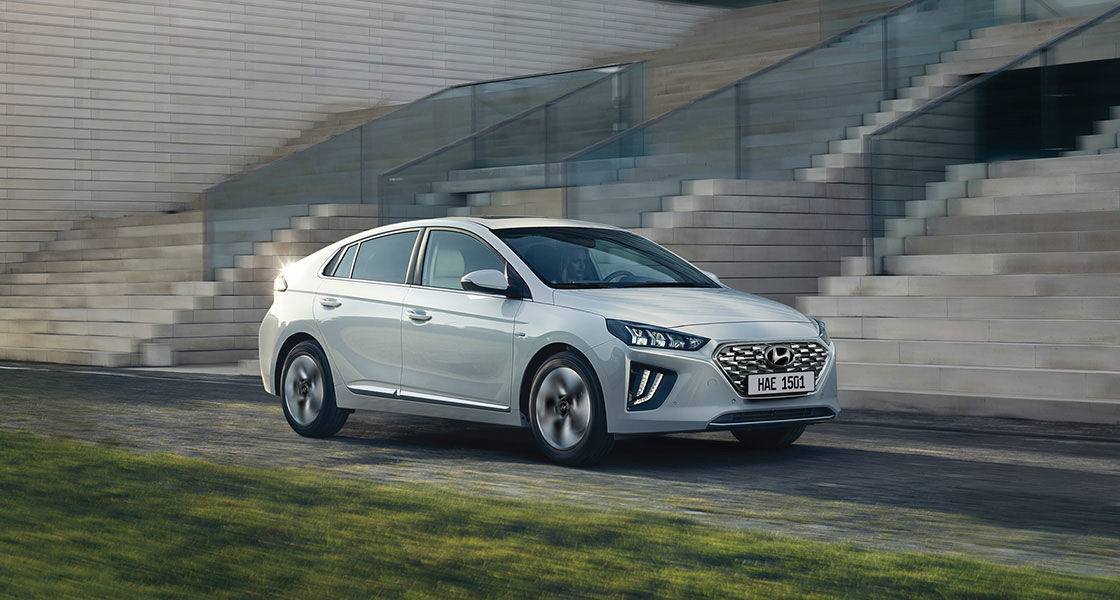
5. What is Range-Extended Electric Vehicle (RE-EV)?
A range-extended electric vehicle, known as a range extender is essentially an electric car with a small petrol or diesel engine that can recharge the batteries and extend the car range enabling the driver to travel further once the batteries have run out and reduce range anxiety as needed. The engine is not connected to wheels and is used when the batteries are low.
Examples of REx (RE-EV) : Chevrolet Volt, BMWi3, Vauxhall Ampera
Pros of RE-EVs :
- More efficient than HEVs on longer journeys, as the electric motor is used to power the car and not to assist the ICE like in HEVs.
- No range anxiety.
Cons of RE-EVs :
- Limited choice.
- Shortened range compared to BEVs.
- The weight of the engine affects the overall efficiency of the car.
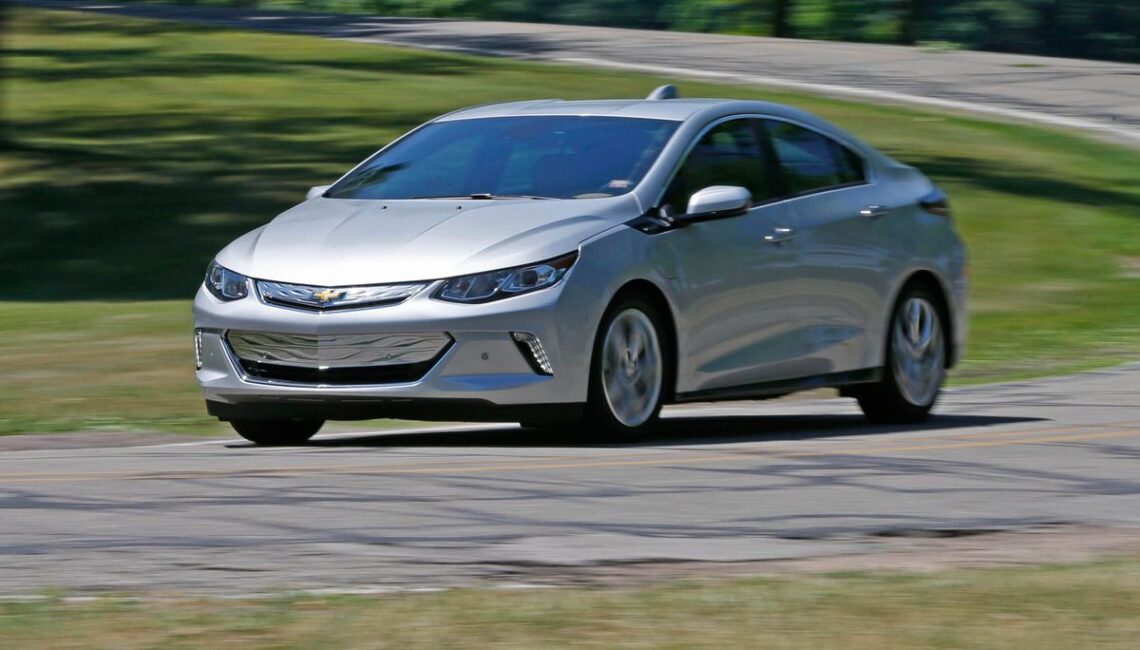
6. What is a Fuel Cell Electric Vehicle (FCEV)?
A Fuel Cell Electric Vehicle, or Hydrogen Vehicles are similar to BEV in the fact that they only use electrical energy to drive the car, however in a FCEV the electrical energy is produced in a different manner the hydrogen is combined with oxygen from the air to create electricity which then powers the electric motor to move the car. There are one or two drawbacks. Only a few manufacturers have invested in the technology, so choice is extremely limited.
Examples of FCEVs : Toyota Mirai, Hyundai NEXO, Hyundai Nexo Blue, Hyundai Staria Cell, Ineos Grenadier Hydrogen, Kia FK, Land Rover Defender Fuel Cell, Range Rover FCEV, Toyota Mirai LE, Toyota Mirai XLE
Pros of FCEVs :
- Excellent driving range.
- Zero-emissions.
- The Refueling process is similar to petrol or diesel cars, full charge in a few minutes.
Cons of FCEVs :
- Expensive.
- Limited choice of fuel cell vehicles.
- Lack of filling stations.
